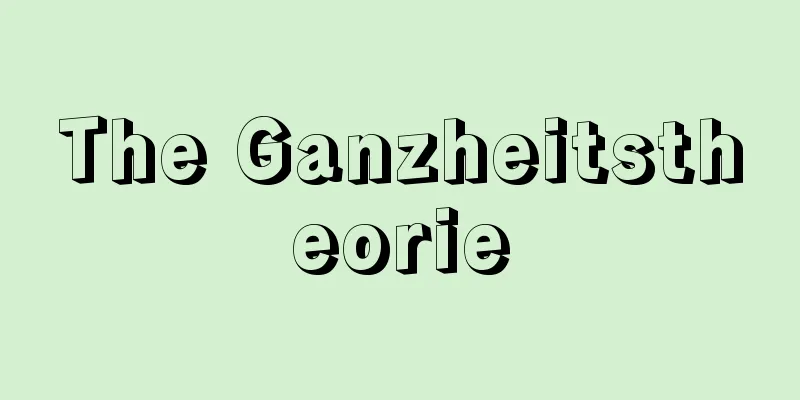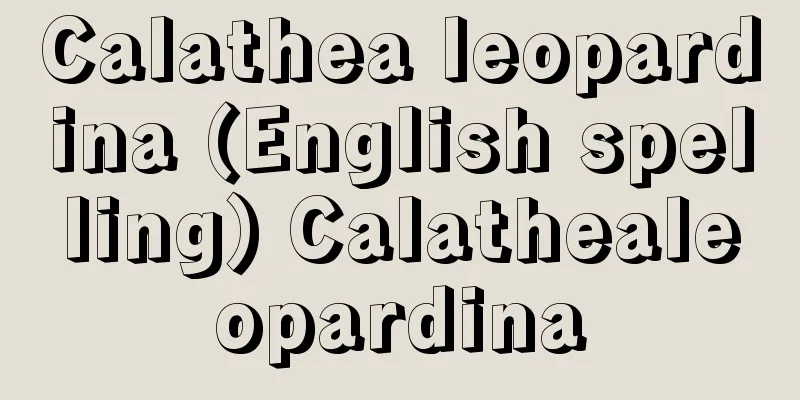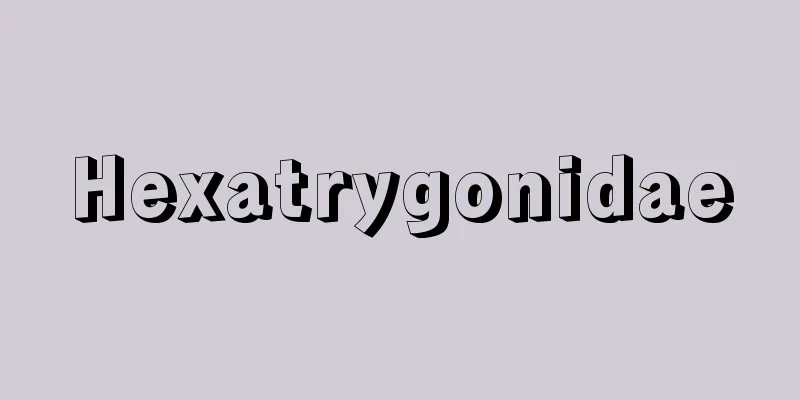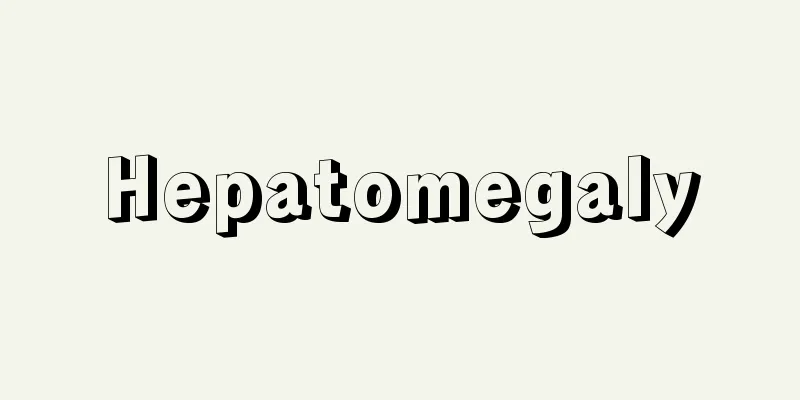Swordtail - Swordtail

|
A group of arthropods that, together with the Eurasian sea scorpions, form the class Arthrostomata. Xiphosurida, which is a group of crabs, includes the order Photopelganoidea from the early Palaeozoic era and the order Xiphosurida in the strict sense. The suborder Limulus, which is part of the order Limulus, is thought to have originated from the suborder Coleoptera, which lived from the Silurian to Devonian periods of the Palaeozoic era. Coleoptera are small (mostly around 5 cm long), lack compound eyes, and have abdominal segments that are either fully mobile or only partially joined at the back, and their tails are shorter than those of horseshoe crabs. As horseshoe crabs develop, their abdomens become shorter, their abdominal segments become more joined, and their bodies tend to become larger. Fossils of horseshoe crabs have been found in strata from various periods since the Devonian period, but there is no period in which they were particularly prosperous. Mesolimurus , found in the Jurassic deposits of the Mesozoic era in Germany, has many specimens and is close to modern horseshoe crabs, so horseshoe crabs are often considered examples of "living fossils." No horseshoe crab fossils are known from Japan yet. [Fujiyama Ienori] "The Emergence of Invertebrates, Vol. 2 (1988, Baifukan), edited by Dan Katsuma, Sekiguchi Koichi, Ando Yutaka, and Watanabe Hiroshi" ▽ "Paleoecological Atlas of Marine Invertebrates, by Fukuda Yoshio (1996, Kawashima Shoten)" ▽ "Living Fossils: A Message from the Horseshoe Crabs, by Soji Norimichi and illustrated by Hisakunihiko (1998, Bunken Publishing)" [References] | | | |Source: Shogakukan Encyclopedia Nipponica About Encyclopedia Nipponica Information | Legend |
|
節足動物の一群で、広翼類(ウミサソリ類)とともに節口綱(腿口(たいこう)綱)を形成する。剣尾類には、古生代初期の光楯(こうじゅん)目と狭義の剣尾目Xiphosuridaが所属する。剣尾目のなかのカブトガニ亜目は、古生代のシルル紀からデボン紀にかけて生息した共剣尾亜目に由来すると考えられている。共剣尾亜目のものは小形(5センチメートル内外のものが多い)で複眼を欠き、腹節は全部可動か後方の一部が結合するだけで、尾もカブトガニ類より短い。カブトガニ類は、発達するにしたがい腹部が短くなり、腹節の結合が進み、体が大きくなる傾向がある。カブトガニ類の化石はデボン紀以降の各時代の地層から産出しているが、とくに大繁栄したという時代はない。ドイツの中生代のジュラ紀層から出るメソリムルスMesolimurusは標本数が多く、現生のカブトガニに近いということで、カブトガニはしばしば「生きている化石」の例とされる。わが国からカブトガニ類の化石はまだ知られていない。 [藤山家徳] 『団勝磨・関口晃一・安藤裕・渡辺浩編『無脊椎動物の発生』下巻(1988・培風館)』▽『福田芳生著『古生態図集・海の無脊椎動物』(1996・川島書店)』▽『惣路紀通著、ヒサクニヒコ絵『生きている化石――カブトガニからのメッセージ』(1998・文研出版)』 [参照項目] | | | |出典 小学館 日本大百科全書(ニッポニカ)日本大百科全書(ニッポニカ)について 情報 | 凡例 |
>>: Reduced writing - Genpitsu
Recommend
Theatron
…As many dictionaries agree, the word “theatre” i...
Hancock, T.
…Starting out uneducated, Goodyear devoted himsel...
Seniority
...However, in the 1950s, some temporary layoff s...
Mäule (English spelling)
…Plants of the Gramineae and Bambusaceae families...
Yunnan Obai - Unnan Obai
...It blooms in summer, but in greenhouses it blo...
Shigeno story - Shige Shigeyawa
A reading book from the mid-Edo period. Written b...
Aokigahara Maruo - Aokigahara Maruo
...The Aokigahara Jukai forest stretches over an ...
Centro
...The representative works of this movement are ...
Chapter
… 【foreign country】 The origin of picture books i...
Jade - Hisui
A gemstone name. Jade has had many names since anc...
Celandine - Grass king
A biennial plant of the Papaveraceae (APG classif...
Viadana, L.da (English spelling) ViadanaLda
...there were two series: the chamber sonata, bas...
Kishu mandarin orange (Kishu mikan) - Kishu mandarin orange
A fruit tree of the Rutaceae family native to Chin...
Bazin, Hervé
Born: April 17, 1911, Angers [Died] February 17, 1...
Potassium iodide (potassium iodide)
Chemical formula: KI. Commonly known as potassium ...









